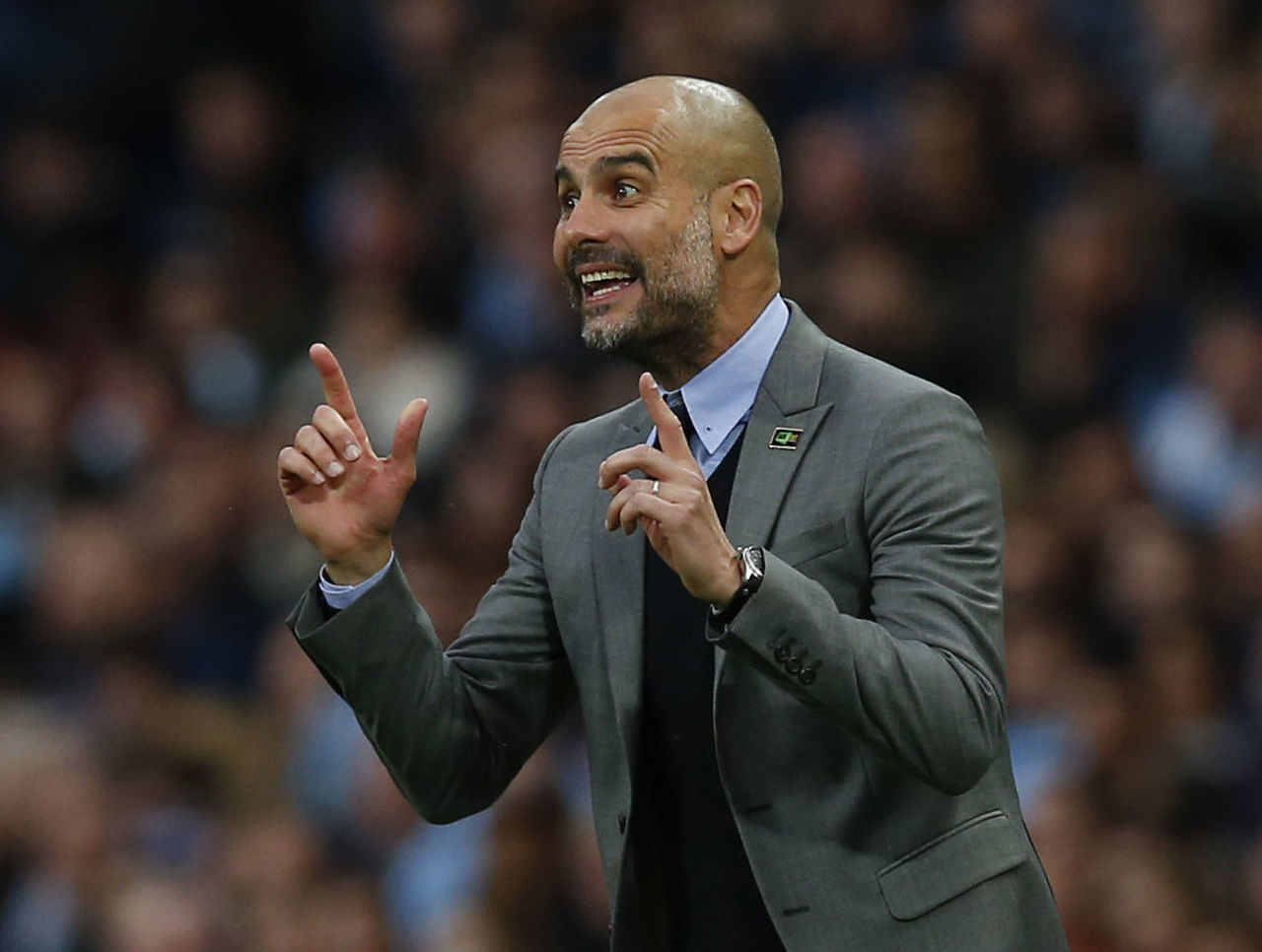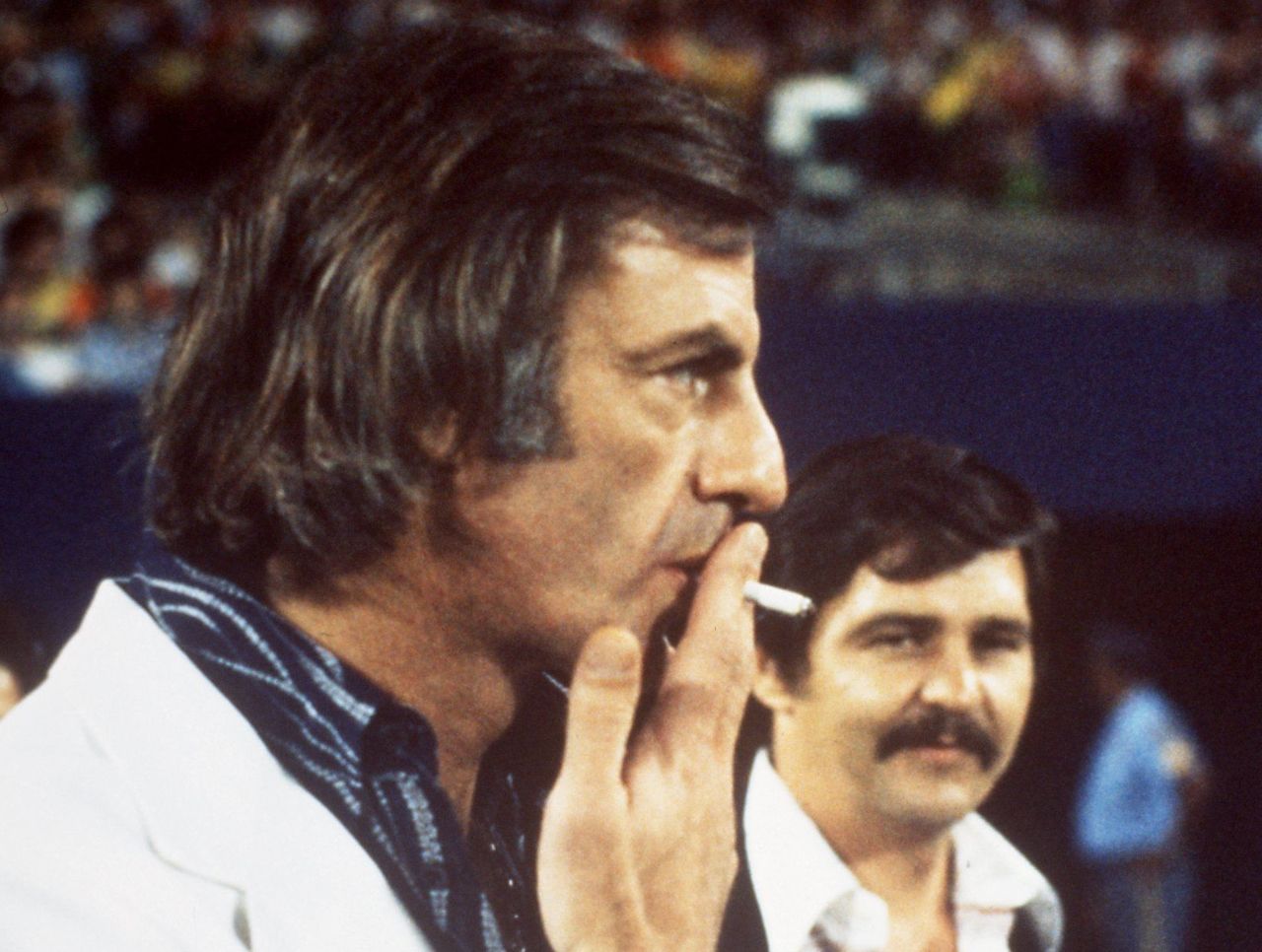How Guardiola's reimagining of Aguero revives his South American roots
Rather than make a lazy comparison with a compatriot like Diego Maradona or Gabriel Batistuta, a young Sergio Aguero was instead often compared to a man who dishevelled Argentina's defence and midfield at the 1989 Copa America, orchestrating a 2-0 win for bitter foe Brazil.
Cesar Luis Menotti, who oversaw Aguero in his third and final stint in the dugout of Independiente, is credited as the first person to recognise a resemblance between the nascent skills of the teenage porteno and Romario.
"That stocky body. That low centre of gravity. The devastating acceleration in short space in the penalty area and the ability to combine as well that Romario had," South American football expert Tim Vickery explained to talkSPORT of Aguero's similarities with Romario. Those words came two days after Aguero was introduced to Manchester City fans as a 59th-minute substitute against Swansea City in August 2011, scoring twice and assisting once.
There are some aspects of Aguero's game in England that possess the hallmarks of Romario's gifts. An ability to dangle a toe to retain possession, create an angle too acute for most forwards, and arrow home was evident in Aguero's most famous goal - the last-minute, title-winning lash past Queens Park Rangers' Paddy Kenny in 2012 - and many others. He's incredibly hard to knock off the ball, sometimes appearing to pedal his legs on the spot before scuttling away like a protagonist from a Hanna-Barbera cartoon.
Before he was likened to Romario, South American journalists were scrambling to find apt resemblances when Aguero made his debut. He was aged just 15 years and 35 days, breaking the record previously held by Maradona as the Primera Division's youngest-ever player, when he made his bow to rave reviews.
One name that cropped up in the following day's newspaper inches was Ricardo Bochini. Bochini was crowded out by Maradona in the second half of his international career, but he was revered by Argentina's most iconic superstar; Maradona saw Bochini as the quintessential No. 10.
"Maestro," Maradona said when he was substituted for the veteran's overdue and only appearance at a World Cup, in 1986, "we've been waiting for you."

(Photo courtesy: Action Images)
For Aguero, to be compared to someone as highly regarded as the reluctant hero Bochini, whose lack of height and almost gawky gait was compensated by unmatched imagination, it was a massive compliment.
No. 10 instincts shelved
Perhaps shaped by the landscape of English football and without the influences of his native land, Aguero gradually turned into a focal point, rather than someone who would drop deep to charge like Romario or curate like Bochini. Carlos Tevez's in-fighting with Roberto Mancini meant pairing the Argentinians in attack was rarer than it should've been, and the disciplinary issues of Mario Balotelli and inconsistency of Edin Dzeko meant that Aguero was often fending for himself from his early City days. His technical and creative brilliance sometimes came to the fore - see his QPR goal, and the intricate one-two with Yaya Toure before converting past Chelsea in August 2015 - but chances were often created for Aguero, with his own curative genius regularly shelved in a role more resembling a No. 9 than a No. 10.
That was until Pep Guardiola came along. Just a few months into the Spaniard's tenure at Manchester City, Aguero was startled by a manager who was "picky about everything."
"He wants me right as a nine, but then he gives me more freedom too. He asks me to move all around the attack," Aguero told Argentinian publication Ole in October 2016, with translation from Reuters.

(Photo courtesy: Action Images)
Guardiola isn't guarded about what he wants from his men, and is insistent on having players that can both dribble and who are expert at making intelligent, diagonal runs. Aguero seldom ventured deeper or wider than other attack-minded players in the lineups of Mancini, Manuel Pellegrini, and, in the beginning, Guardiola. To his new manager's frustration, Aguero had clearly lost some of the natural No. 10 characteristics that, along with his goals, encouraged Atletico Madrid to sign him in 2006.
Something had to give and, despite many reports suggesting that Gabriel Jesus' arrival would foreshadow Aguero's exit, it wasn't going to be the title-clinching fan favourite leaving Eastlands.
Instead, Aguero used his experience and Guardiola's teachings in a manner that harks back to when his tactical naivety and youthful abandon tormented defences for Independiente. He's always involved again.
"Maybe now we play more with him. We are looking not just in the finishing," Guardiola said ahead of Tuesday's Champions League meeting with Shakhtar Donetsk. "Before maybe Sergio just scores a goal. Now in the process when John (Stones) or Nicolas (Otamendi) has the ball, we know always he is there."

(Courtesy: The Telegraph on Sept. 26)
Maybe Guardiola knew the greater energy was always there; it wasn't blindly demanded due to his own preferred attacking traits influenced by Johan Cruyff's transformative work at Barcelona. Some of Guardiola's muses hail from closer to Aguero's home.
Aguero's inspiration in Guardiola's system
Aguero's old chain-smoking boss Menotti was an unabashed leftist politically, who, when it came to football, shunned the right-wing principles of other managers that bashed players into submission in a well-drilled team setup. Menotti bemoaned how this approach would have a detrimental effect on individual creativity.
"My concern is that we coaches don't arrogate to ourselves the right to remove from the spectacle the synonym of festival, in favour of a philosophical reading that cannot be sustained, which is to avoid taking risks," Menotti was once quoted, further cementing his reputation as an intellectual and romantic.

(Photo courtesy: Getty Images)
Guardiola virtually dug out his thesaurus to ensure that the fun South American properties of Aguero's game re-emerged by channelling Marcelo Bielsa - the eccentric Lille handler who Guardiola believes is the "best coach in the world." The Spaniard sought the advice of Bielsa when he was deciding whether to act on his interest in Benjamin Mendy in the summer, and continues to use him as a key reference point in his methods.
And Bielsa ascribes half of his approach - coaxing inspiration from soloists in his ensemble - to Menotti, the left-wing theorist who helped shape the Independiente side where Aguero learnt his craft.
Therein lies what appears to be the realisation of Guardiola's three-part philosophy in Manchester. There's the functionality of his full-backs, Mendy and Kyle Walker, scuffing the touchline paint to open space in the middle. There's his own Catalonian-honed concepts, such as two No. 8s being fielded together - Andres Iniesta and Xavi did it at Barcelona, with Kevin De Bruyne and David Silva emulating it in Lancashire - and an obsession with positional versatility. Finally, there's the influence of South American individualism and imagination, spearheaded by Jesus and Aguero in attack.
Aguero is much more than a goalscorer, he's a player who observes how Romario, Bochini, and Menotti viewed and played the game. Guardiola is another admirer of football's inherent beauty, which is still upheld in Argentina and its neighbouring countries. In little over a year, Aguero has become a much better footballer for it.